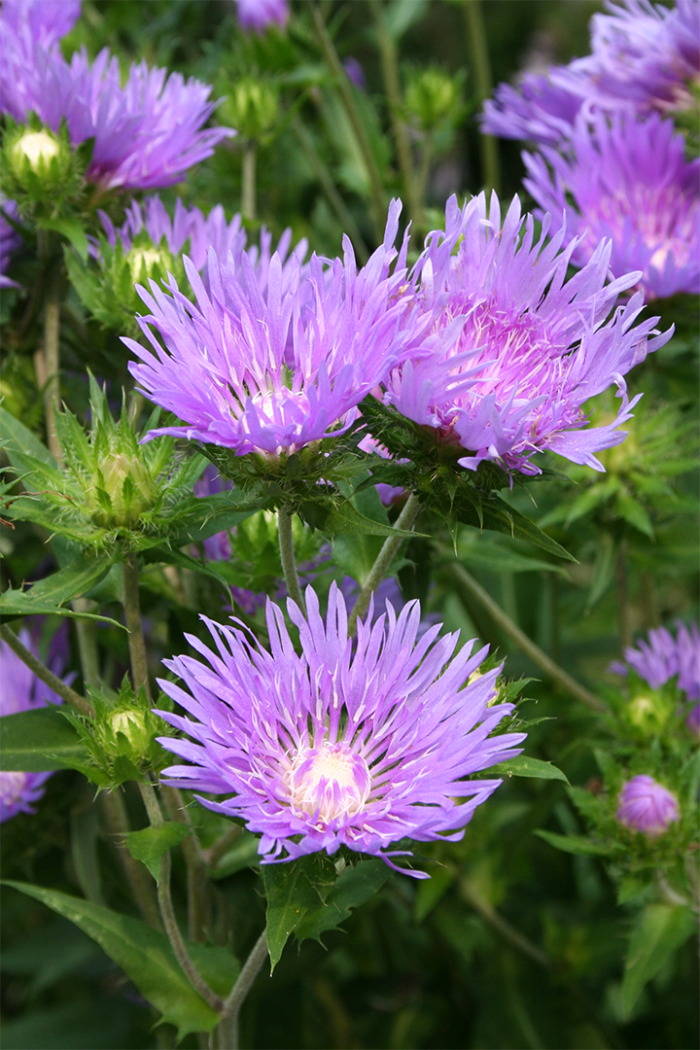
Spend a summer day with any recent human transplant to the Southeast and I will wager that you’re going to hear, “It’s not the heat—it’s the humidity!” exclaimed with fatigued astonishment. Those of us who have grown up here know it’s best not to call out the weather-that-must-not-be-named. The gardener may be wilting in it, but have you ever wondered if the steamy air is a strain on your plants?
High nighttime temperatures and drought are by far the biggest stressors for plants in summer. For some perennials, especially those that come from drier climates, humidity can throw a hard punch by promoting fungal diseases that lead to meltdown.
There is a surprisingly long list of perennials that stand up to our heat and humidity, but these two favorites are also less attractive to deer and essentially pest-free. Add them to your fall shopping list if they are not already in your garden.
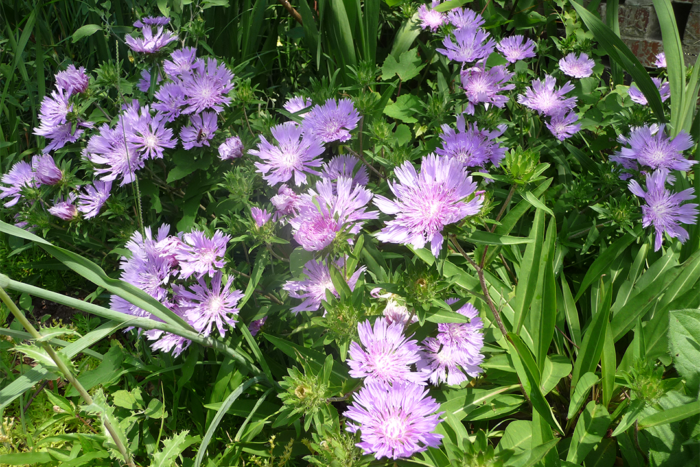
Stokes’ aster
Hailing from the bogs and moist pinelands of the Gulf Coast, it’s no surprise that Stokes’ aster (Stokesia laevis, Zones 5–9) sits pretty through our summers. Its uniform clumps of smooth elongated leaves are joined by 2- to 4-inch fringy, bluish-lavender flowers beginning in June. They will last for a month, and shearing back the plant after the flowers fade will cause more to bloom. I love that the flowers are substantial and striking enough to stand alone but cool enough to blend beautifully with colorful neighbors. They are a favorite pit stop for both bees and butterflies. My favorite cultivar is ‘Peachie’s Pick’—compact at 18 inches tall but full of blooms that don’t flop when grown in partial to full sun. Explore the other cultivars, such as ‘Omega Skyrocket’, topping out at 3½ feet, or one of the white-flowered selections, such as ‘Silver Moon’. Stokes’ aster performs beautifully with good moisture and decent drainage but can take average moisture and occasional dry spells.
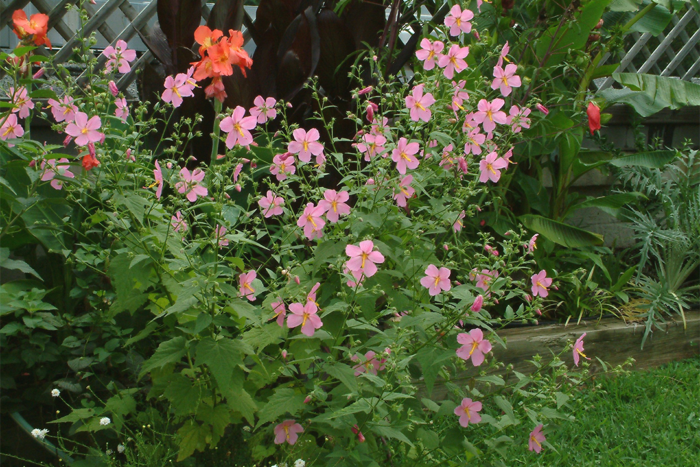
Virginia saltmarsh mallow
Don’t let the slightly hairy, grayish-green leaves of this perennial fool you into thinking it is anything but at home in a humid climate. Virginia saltmarsh mallow (Kosteletskya pentacarpos, Zones 5–9) is native from the Mid-Atlantic to the Gulf Coast. Plant it in full sun and average to moist soil. It will pay you back in late summer with abundant 2- to 3-inch hibiscus-like pink flowers, perfectly arrayed on a symmetrical 4-foot tall plant. There is even a white form, ‘Immaculate’, if pink isn’t in your palette. Backlit by the late afternoon sun, the clear blooms seem to glow, and butterflies are sure visitors.
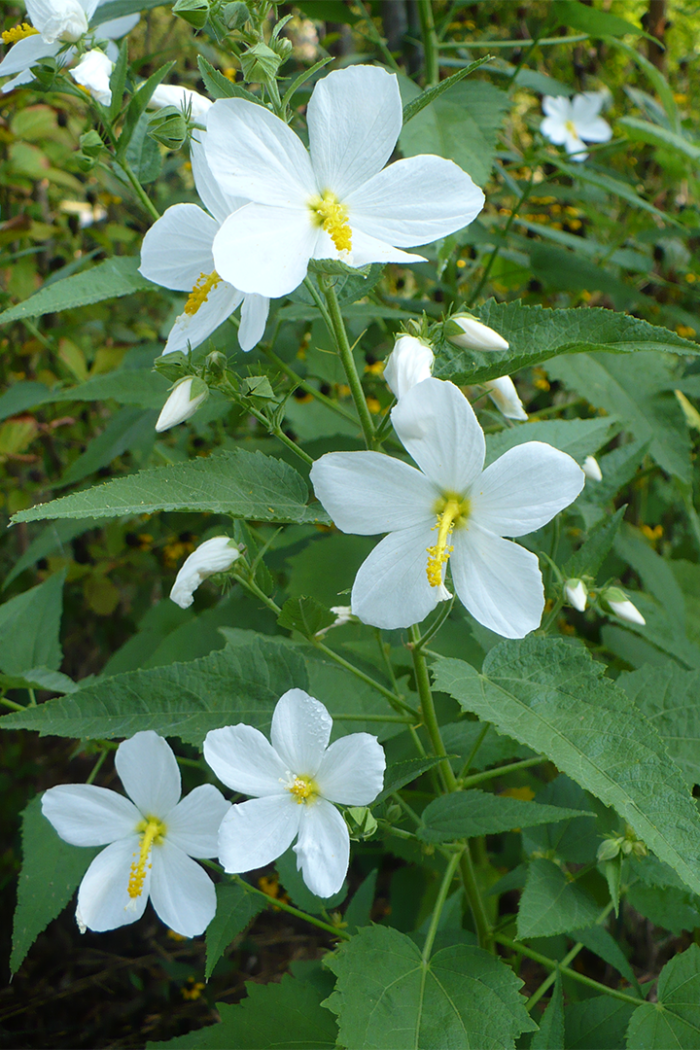
Paula Gross is the former Assistant Director of the University of North Carolina at Charlotte Botanical Gardens.



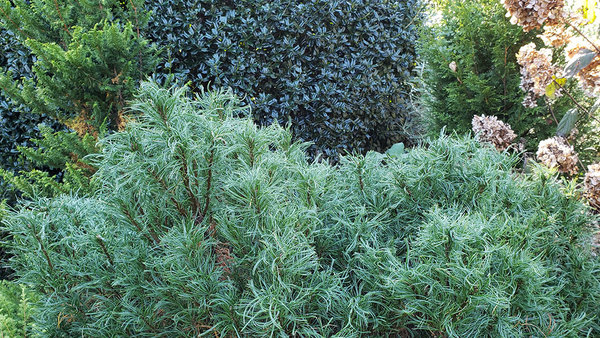














Comments
Are you aware of any nurseries offering saltmarsh mallow for purchase? It is not available to buy locally in my region of Montgomery, Al and I would like to know where I could obtain it. A search on the web yielded no results. Maybe I'll need to find a seed source for this hard-to-find plant? I'm itching to try it out!
I do own some varieties of Aster laevis and agree with you that it performs well through the heat of the summer. I'm always on the look out to purchase any new-to-me selections when they pop up in nearby nurseries.
Log in or create an account to post a comment.
Sign up Log in